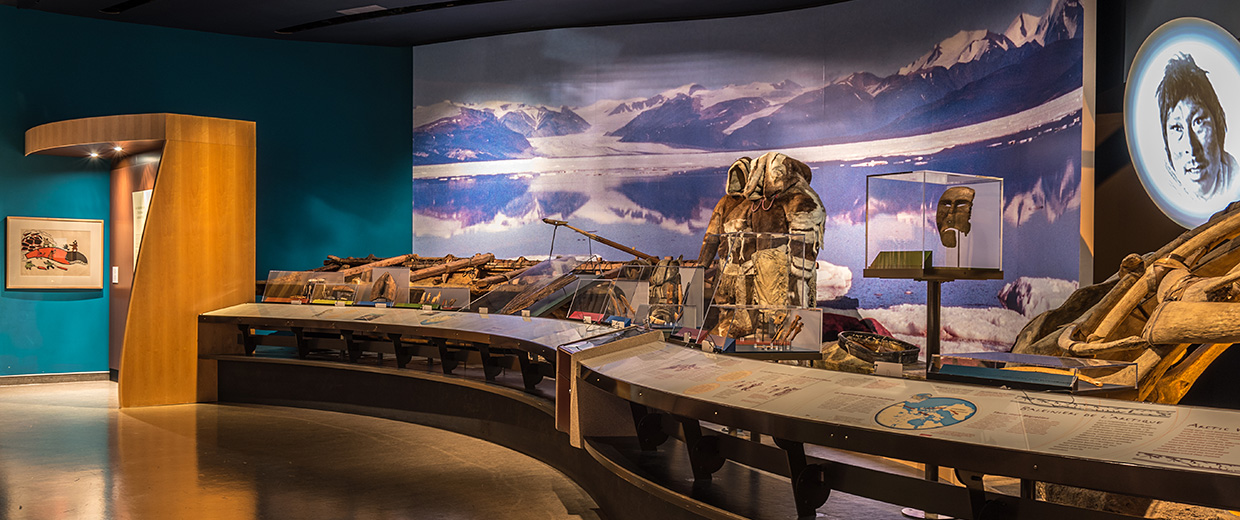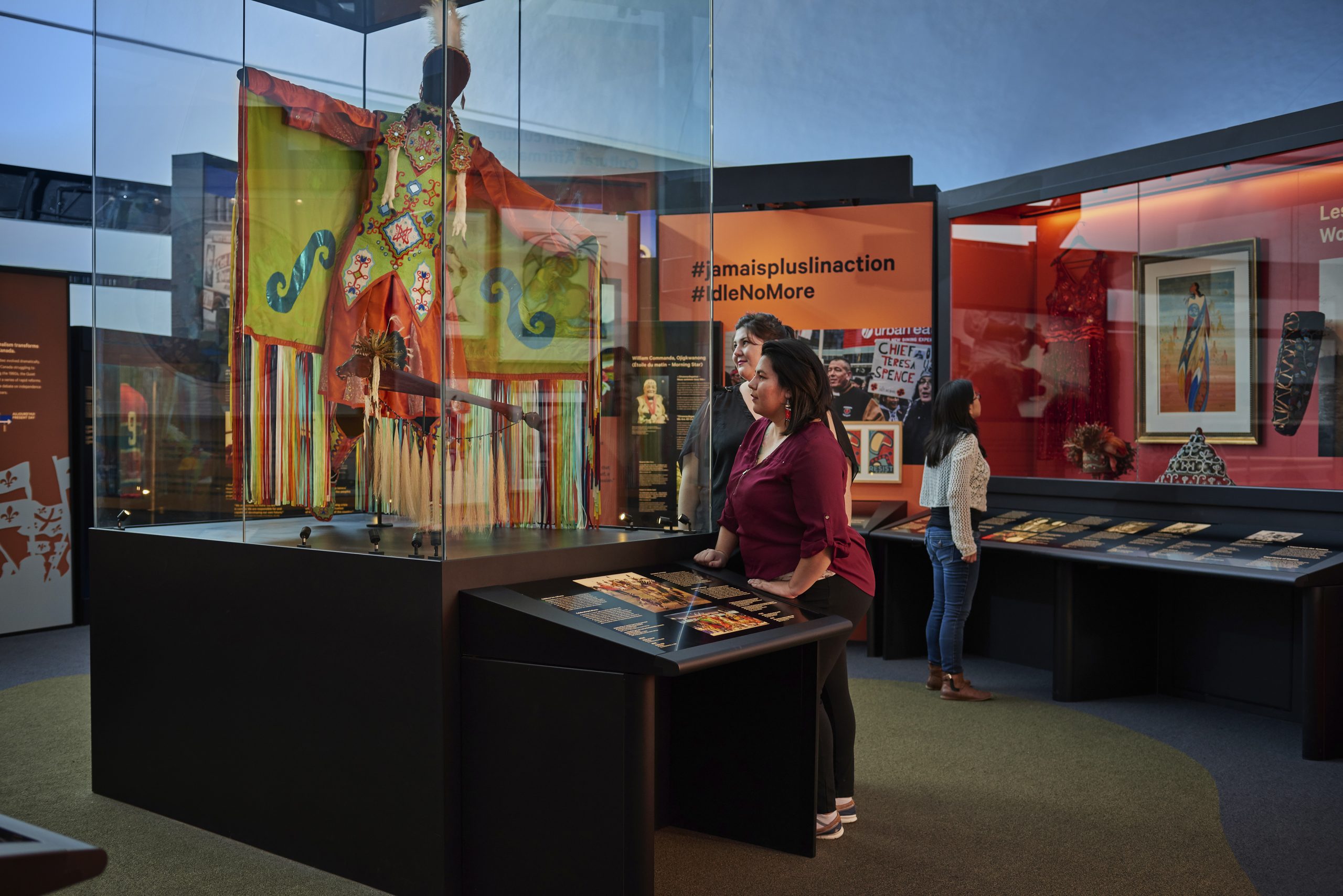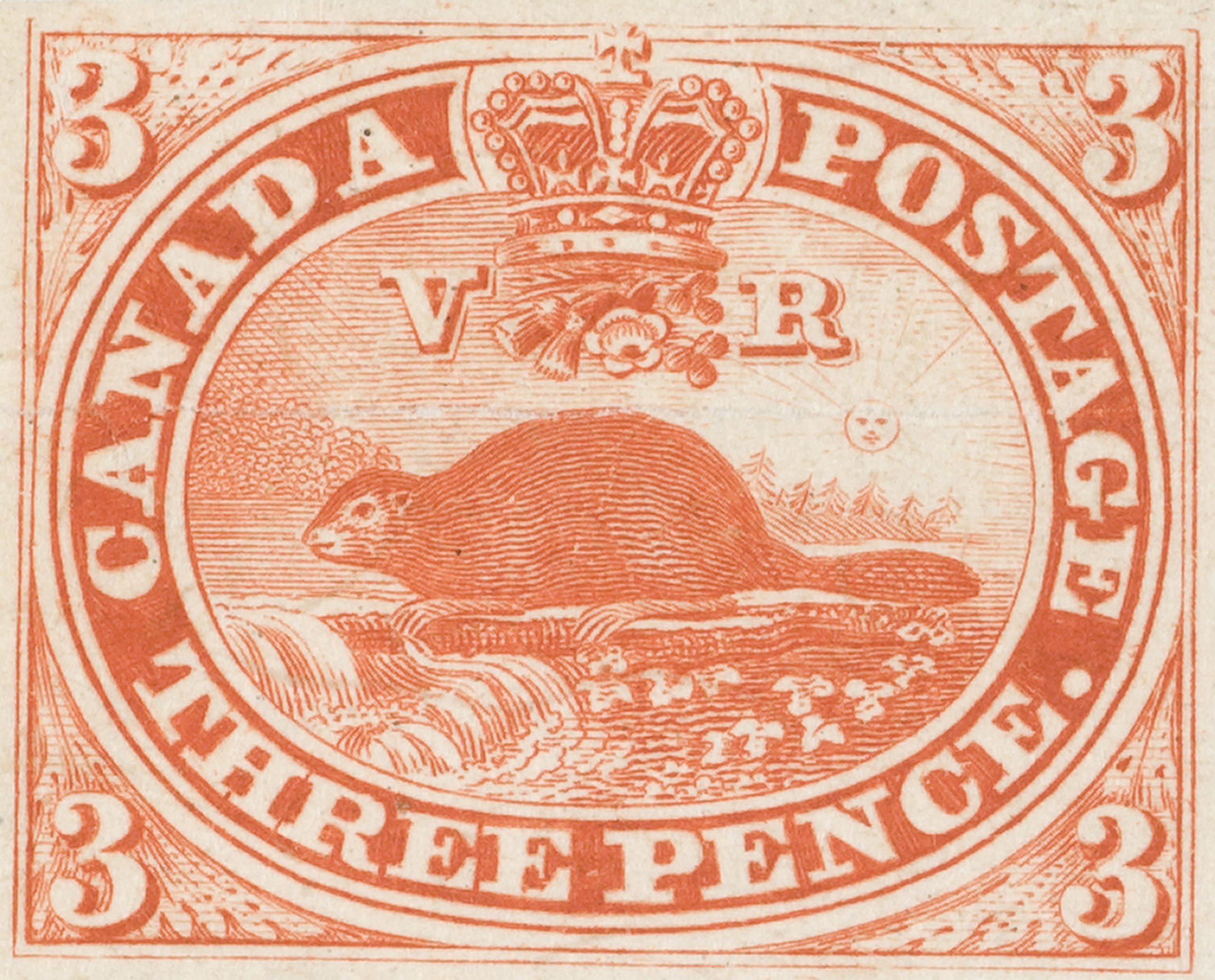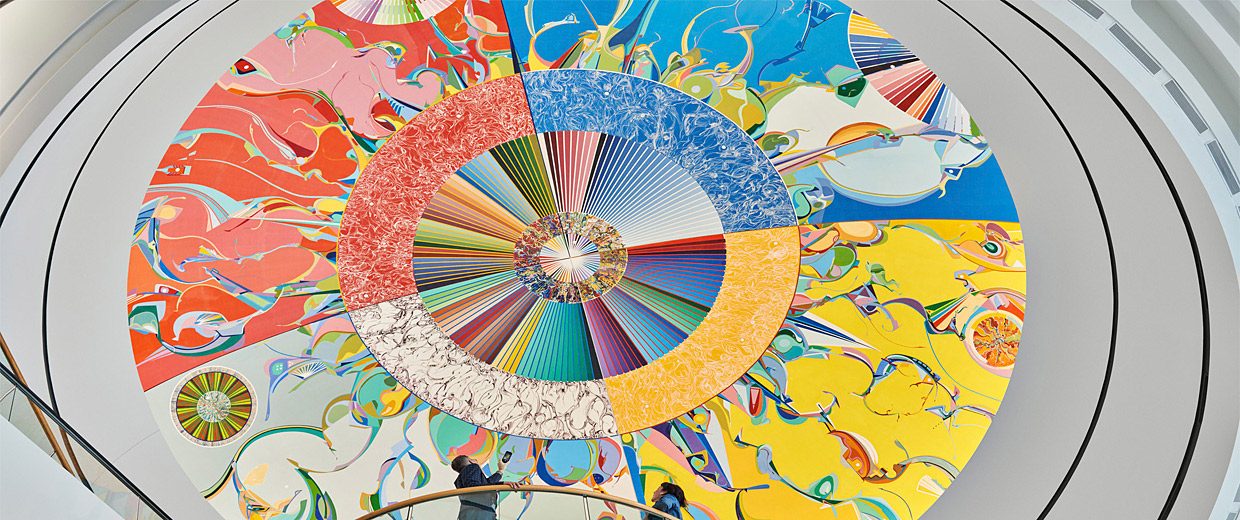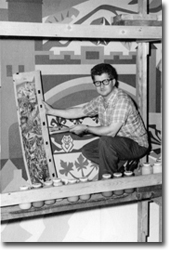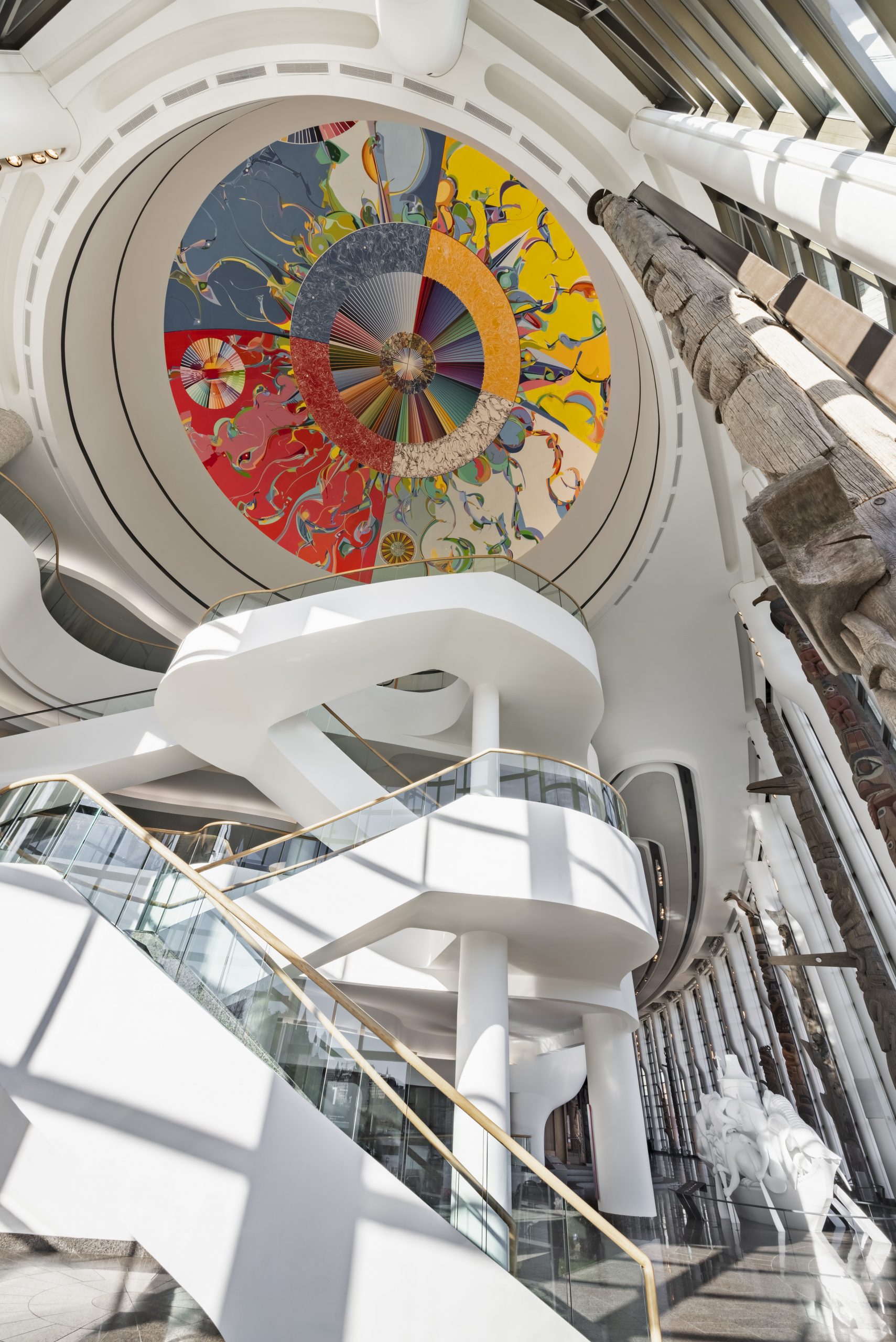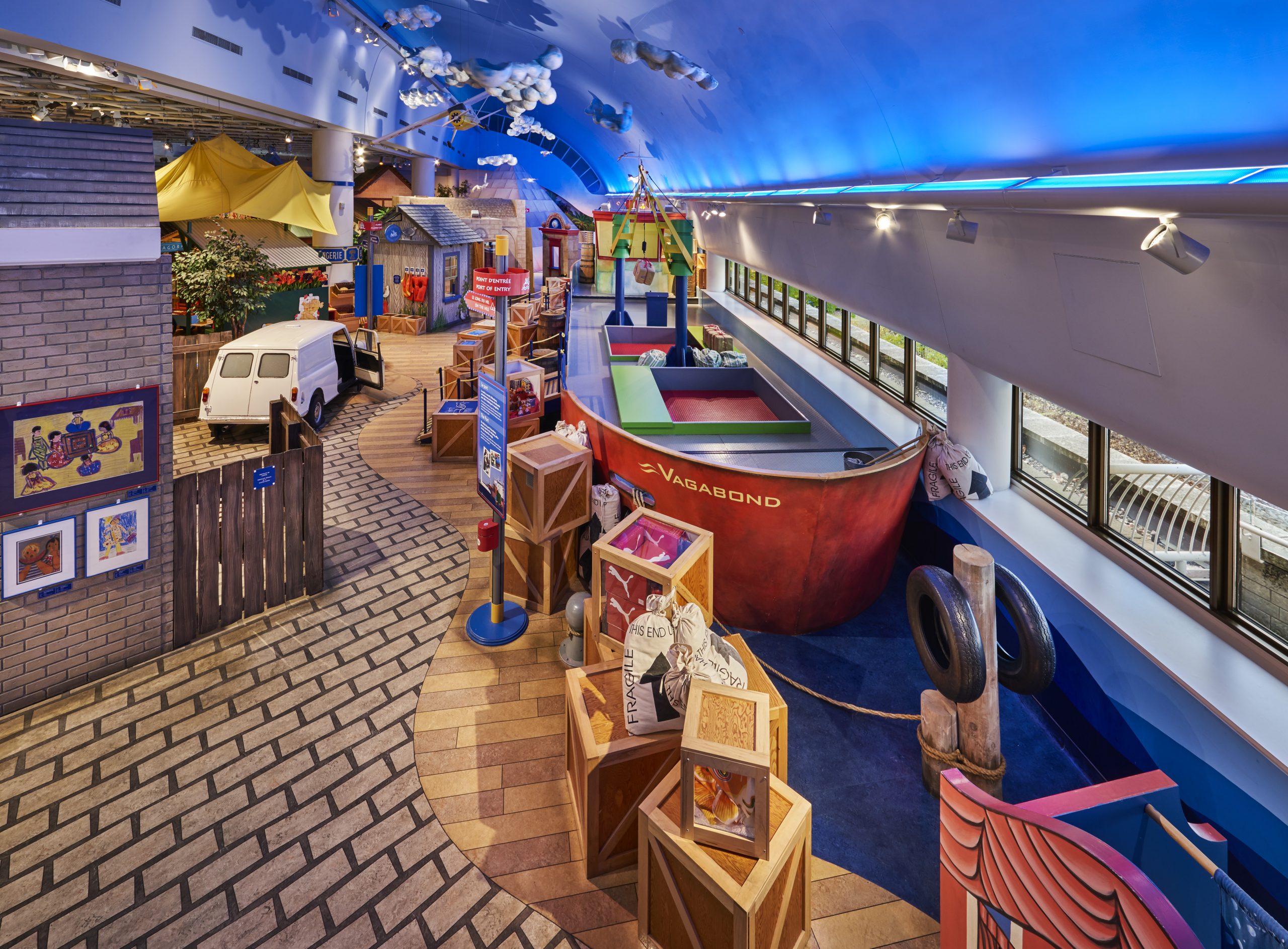Welcome to the Media Centre. In this section, members of the media will find current and archived press releases as well as press kits and images from our exhibitions.
Are you interested in filming one of our experts, galleries, or artifacts? Or would you like to plan an interview with one of our specialists for an upcoming article, documentary, or blog post? Reach out to us to see how we may be able to assist.
Please note that all other queries should be sent to information@historymuseum.ca.
Recent news

A dazzling journey through Quebec’s golden age of light and landscape
Nov. 20, 2025
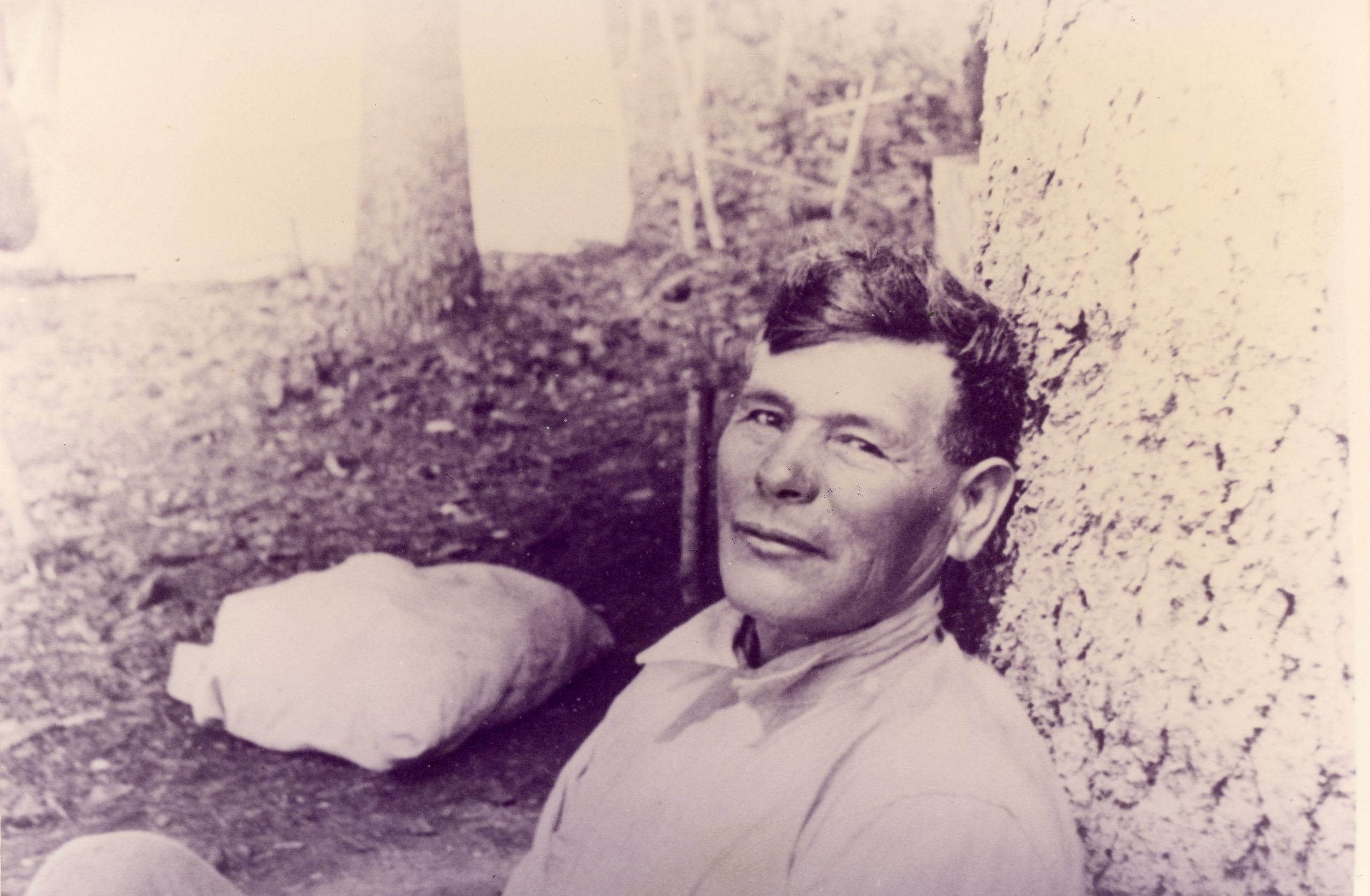
Wi’k+palu’k: Honouring Mi’kmaw Belonging Through the Life of Sam Glode
Nov. 6, 2025

Weston family to acquire and donate Hudson’s Bay Company Royal Charter to Canadian Museum of History under proposed agreement
July 30, 2025
Media resources
For the exclusive use of members of the media: photographs and resources for illustrating articles, reports, or event listings that refer, directly and specifically, to the Canadian Museum of History.
Current and upcoming exhibitions
Images of the Canadian Museum of History
Contact us
Need more information or want to schedule an interview with a curator?
 hello?
hello?
 hello?
hello?

